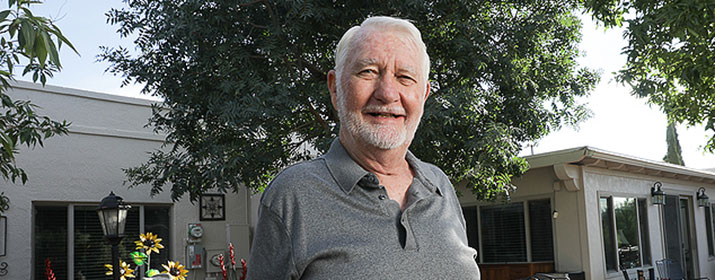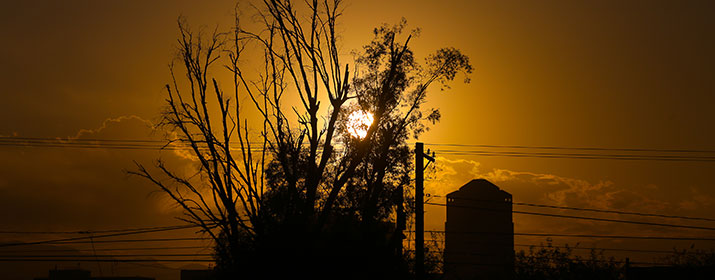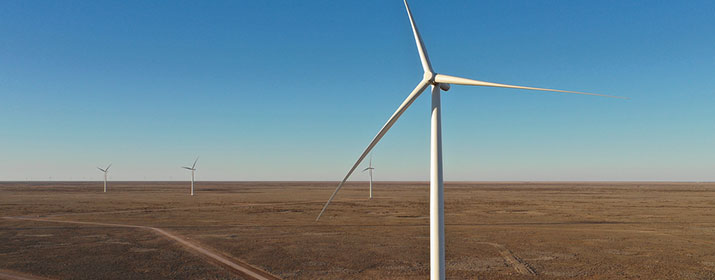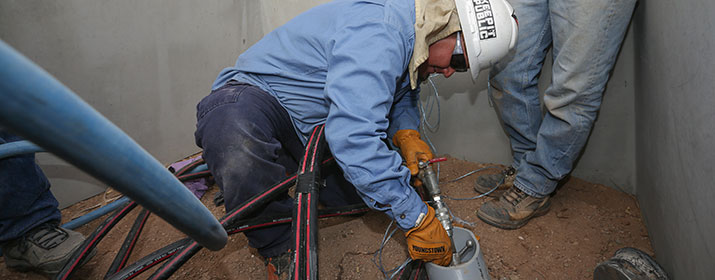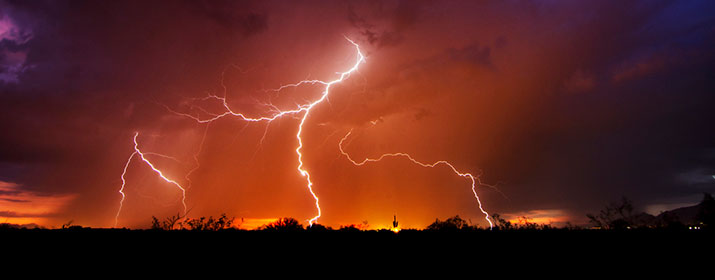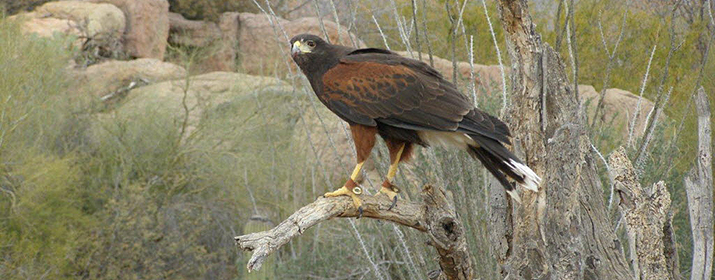
Tucson Electric Power’s Raptor Protection Program is an ongoing effort to safeguard electrical equipment to protect birds such as Harris’ Hawks, Great Horned Owls and Red-Tailed Hawks.
For more than 15 years, TEP has worked with wildlife biologists at the University of Arizona to identify and evaluate parts of the electrical system that need protection and to design innovative solutions to mitigate the danger electrical wires pose for large birds.
Raptors, or birds of prey, favor utility poles for perching, hunting and socializing. Their large wingspans make them more susceptible to electrical hazards. Nesting season, typically February to June, is the most active time of year.
“We do as much as we can to minimize electrical hazards for these birds,” said Larry Weigel, a Transmission & Distribution Supervisor at TEP.
TEP’s efforts are both proactive and reactive.
On the proactive side, all new construction includes raptor protection features. Since 2002, bird protection has been a standard feature on all new construction in TEP’s service territory, whether it’s newly installed poles, repairs or upgrades.
Reactive measures are taken when there’s an incident or active nesting sites or heavy bird activity occurs in, on or around poles and wires. Based on field observations and previous experience, TEP will design a specific fix.
Insulated protective materials are installed on electrical equipment within a recommended radius of known raptor nest sites and electrical contact incidents.
UA scientists provide field biology expertise and conduct an annual review of incidents and prevention measures taken by TEP. The report is submitted to TEP, as well as to the Arizona Game and Fish Department and the U.S. Fish and Wildlife Service.
“Our partnership with the UA is integral,” said TEP’s Jim Bennett, who heads up the Raptor Protection Program with Weigel.
The issue of raptor protection came to light nationally in the mid-1970s, after the work of noted naturalist and conservationist Morley Nelson, who championed power line safety measures.
“Electrical engineers came up with solutions, talking with biologists about eagles,” said Leslie Carpenter, a TEP Environmental & Land Use Planner II. “It takes someone with years of experience to know how to make the best equipment retrofits.”
Animals are creative and inconsistent in how they interact with electrical facilities, so keeping them safe requires continuous effort and innovation.
“We’ve had tremendous success decreasing the mortality rate of young birds in their nests,” Weigel said. “Our program is constantly evolving.”
Customers can help as well.
Don’t feed wildlife. Providing food or water near electrical equipment can attract animals to danger and promote unnatural behavior that can lead to unintended consequences.
Report nest sites by contacting TEP Customer Care by email or phone 520-623-7711, or by calling Arizona Game & Fish at 520-628-5376, Ext. 4446.

